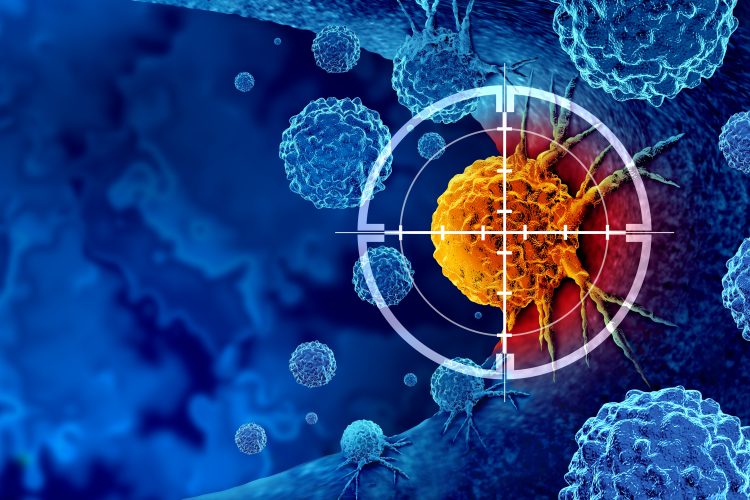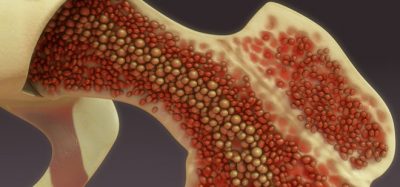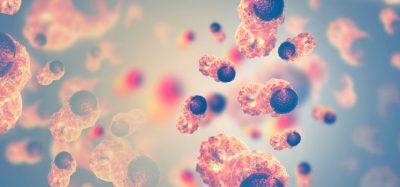Identification of an immune biomarker for liver cancer
Posted: 16 February 2024 | Drug Target Review | No comments yet
New immunotherapies may be developed for patients with HCC associated with steatotic liver disease, with TREM1 suggested as a target.


Researchers from the Institut National de la Recherche Scientifique (INRS) have investigated immunotherapy resistance in patients with hepatocellular carcinoma (HCC) associated with steatotic liver disease.
Hepatocellular carcinoma, the most common type of liver cancer, has known risk factors like chronic hepatitis B or C infection, alcohol abuse, and metabolic dysfunction. In the past three decades in North America, its incidence has doubled, and although there have been major advances in immunotherapy, this cancer is often fatal. Around 75 percent of patients with advanced HCC fail to respond to this type of treatment. For example, sorafenib improves mean overall survival by only three months and is associated with significant side effects. When immunotherapies are administered in combinations, they increase the average survival of HCC patients by 17 months.
The reasons for therapeutic resistance to immunotherapy in HCC patients were unknown, which prompted the team to investigate the link between metabolic dysfunction-associated liver disease, a chronic inflammatory disease of the liver, and therapeutic resistance to immunotherapy in HCC patients.
A specialist in immuno-oncology Dr Maya Saleh, INRS professor and leader of the team stated: “We have identified an immune biomarker for HCC associated with stetatotic liver disease, which will allow us to develop new immunotherapies…We could envisage immunotherapies that restore an effective immune response against HCC by attenuating the damaging liver inflammation.”
Using omics technology, the team developed an immune map of the tumour and adjacent non-tumoural liver tissue in 10 patients. These initial immune maps enabled them to study databases of hundreds of patients to validate the immune profiles related to risk factors and associated with disease severity.
The findings suggest that the chronic inflammation from steatotic liver disease makes the liver cancer environment unique, with an expansion of immunosuppressive cells that stop the immunological attack of the tumour. The team showed that the immunosuppressive cells express TREM1, an inflammatory receptor, which makes them more dangerous. Therefore, TREM1 was highlighted as a potential therapeutic target in HCC associated with steatotic liver disease.
This biomarker identification has enabled a new approach for classifying patients, allowing clinicians to determine who would be more likely to respond to immunotherapy before treatment even begins. Also, this would ease the psychological burden for patients who do not respond to immunotherapy, preventing physical impacts such as side effects.
Dr Saleh concluded: “This is a promising avenue for the next few years. We will continue the analysis by characterising the immune component of tumours in a larger cohort of patients, including comprehensive imaging of tumour cell composition and the use of artificial intelligence to link immune profiles to response to therapy. This could have a significant impact on the field.”
The findings are published in the journal Cell Reports.
Related topics
Biomarkers, Cancer research, Immuno-oncology, Immunotherapy, Oncology, Targets
Related conditions
Cancer Research, hepatocellular carcinoma (HCC), steatotic liver disease
Related organisations
Institut National de la Recherche Scientifique (INRS)
Related people
Dr Maya Saleh (INRS)








